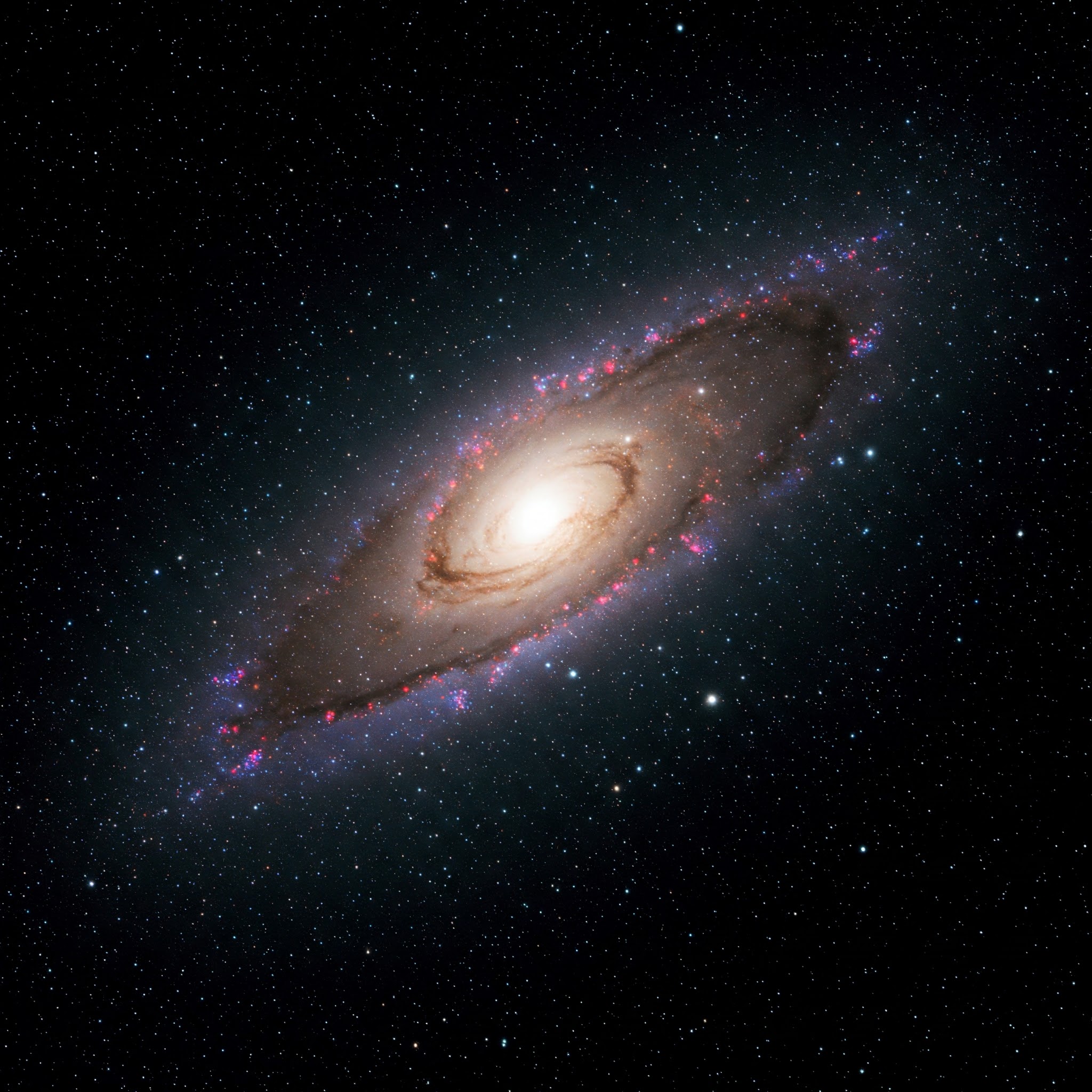For centuries, humans have looked up at the stars and wondered if other worlds exist beyond our solar system. Thanks to modern telescopes, we now know the answer: Yes! These far-off planets are called exoplanets.

What Is an Exoplanet?
An exoplanet is a planet that orbits a star outside our own solar system. While our Sun has 8 planets, other stars can have their own planetary systems with wildly different worlds.
Some exoplanets are rocky like Earth, while others are gas giants larger than Jupiter. Some even orbit two stars, like the fictional planet Tatooine in Star Wars.
How Do Scientists Find Exoplanets?
Exoplanets are too far away to see directly, so scientists use indirect methods:
-
Transit Method: When a planet passes in front of its star, it causes a tiny dip in the star’s light. Telescopes like Kepler monitor these dips to detect planets.
-
Radial Velocity Method: Planets tug slightly on their stars due to gravity, causing a “wobble” that can be measured.
-
Direct Imaging: In rare cases, large exoplanets can be photographed using advanced telescopes.
Why Are Exoplanets Important?
Studying exoplanets helps us answer big questions:
-
Are there planets like Earth in the universe?
-
Could life exist elsewhere?
-
How do planets form and evolve?
By analyzing exoplanet atmospheres, scientists can look for signs of water, oxygen, or other “biosignatures.”
Famous Exoplanets
-
Kepler-452b: Often called Earth’s “cousin” because it’s similar in size and orbits a star like our Sun.
-
Proxima Centauri b: The closest known exoplanet to Earth, just 4.2 light years away.
-
HD 189733 b: A giant planet with winds over 5,000 mph and possible glass rain!
Conclusion
Exoplanets open a window into the vast possibilities of our universe. As telescopes improve, we’re inching closer to discovering whether life exists beyond Earth.


